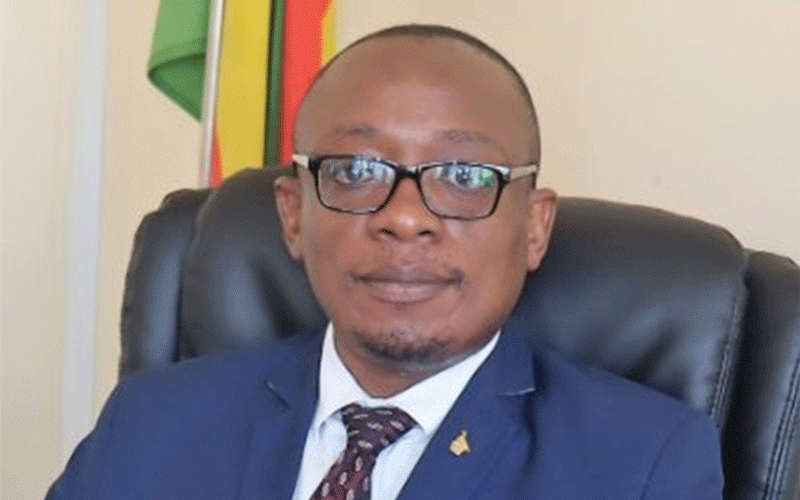
AUTHORITIES in Bulawayo province have recorded a sharp decline in cases of pregnancies in girls of school-going age following the introduction of the guidance and counselling model in schools.
Addressing journalists on a high-level field visit with the United Nations Population Fund (UNFPA) in Bulawayo yesterday, the province’s schools inspector for guidance and counselling, Lavinia Moyo, said the model had been very effective in equipping learners with practical methods and solutions to lived experiences.
She said guidance and counselling was a learning area which came in as part of the social sciences.
“We want to give credit to programmes introduced, especially guidance and counselling. We are seeing fewer cases of girls getting pregnant.
“This is because all the learners get an opportunity to be exposed to comprehensive topics affecting their daily experiences,” Moyo said.
“We have realised that most of these issues they are facing are going down. The issue of pregnancies has slightly gone down. We were doing some monitoring some weeks back and the schools we have monitored are doing very well. The cases have gone down.”
“We started off with 15 schools, took five schools from each district. The selection was made on assessments of which schools had a bigger number of dropouts due to pregnancy. We actually need to expand on this to cover many schools,” she said.
The UNFPA assisted in the drawing up of the syllabus and it took over a year and a half to come up with the comprehensive syllabus being used in schools for guidance and counselling.
- Rape victims struggle to get justice
- Govt urged to ensure women, girls’ rights
- GBV survivors’ project launched
- Maternal deaths still ‘unacceptably high’
Keep Reading
“They (syllabuses) cover a lot of topics which focus on the national challenges, including child-headed families, poor disciplinary measures taken by family as well as drug and substance use,” Moyo said.
She said through the funding, they gathered manpower to build on the information from all over Zimbabwe.
Bulawayo province has 205 schools, with 58 secondary schools and 147 primary schools.
Meanwhile, Primary and Secondary Education ministry spokesperson Taungana Ndoro expressed government’s commitment to innovative and evidence-based interventions that prioritise the wellbeing and educational attainment of learners.
“I am pleased to advise that our comprehensive guidance and counselling programmes have been an integral part of our strategy to reduce teenage pregnancies, particularly among pupils,” he said.
“We have significantly expanded the number of trained guidance and counselling professionals stationed within our schools.
“These counsellors provide confidential, age-appropriate support to pupils on issues related to sexual and reproductive health, relationships, and family planning.”
Ndoro said government’s heritage-based curriculum had been updated to include robust sexuality education modules, starting from the primary level.
“These lessons cover topics like reproductive biology, safe sex practices, healthy relationships, and the responsibilities of parenthood. The aim is to empower pupils with knowledge and skills to make informed choices,” he said.
“Through these multi-pronged efforts, we have seen encouraging declines in teenage pregnancy rates among our school-going population. However, we recognise that more work remains to be done to fully address this challenge.”










